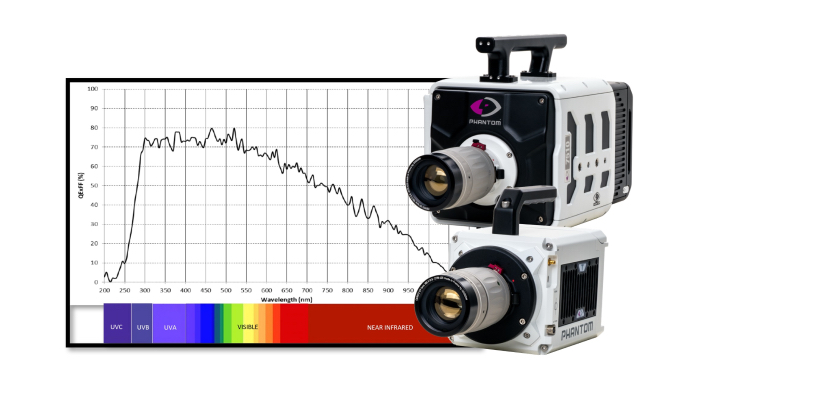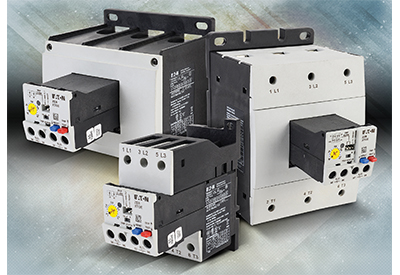High-Speed Cameras for the UV Light Spectrum Are Now Available
September 18, 2023

High-Speed Cameras for the UV Light Spectrum Are Now Available
Vision Research, a division of AMETEK and the manufacturer of Phantom High-Speed Cameras, has introduced high-speed cameras capable of capturing images in the extended light spectrum of UV, visible and Near-IR wavelengths. The cameras have over 70% Quantum Efficiency (QE) at 300nm, as well as unprecedented QE at other points of the UV light spectrum, allowing researchers to potentially capture images using just the camera and a UV lens.
Previously, images in the UV light spectrum were only available with the aid of an image intensifier. The cameras are also capable of capturing images in the visible and near IR spectrums with performance similar to the equivalent Phantom cameras. Depending on lab needs, the cameras can offer a two-in-one benefit.
“We’re excited to bring this UV-extended capability to the scientific community. This community often works in cutting-edge applications that rely on our cameras to provide the best results. As the leader in high-speed imaging, it is incumbent upon us to bring technical advances in our cameras that make a difference and propel their research forward. The UV-extended capability cameras can do just that,” explained Kevin Gann
President of Research and Development at Vision Research.
Phenomena such as some chemical reactions are visible only at certain wavelengths in the UV light spectrum. While high-speed cameras would be advantageous to analyze the very fast reactions, high-speed sensors typically have glass covers that block the UV wavelengths. Similarly, standard lenses are constructed of glass, also blocking UV light. Researchers previously needed to couple an image intensifier to a standard camera to compensate for the glass.
Phantom UV cameras overcome this obstacle by implementing a different cover material — fused silica — that allows penetration of UV wavelengths. The cover material is combined with specific Phantom Back Side Illuminated (BSI) sensor designs to provide high QE. Depending on the UV signal generated by the event, an intensifier may no longer be required.
The UV-extended capability is available on the Phantom TMX Series (TMX 7510, 6410 and 5010), the T3610 and T2410, providing a broad performance range to choose from. For more information, visit the Phantom UV Product Page.




